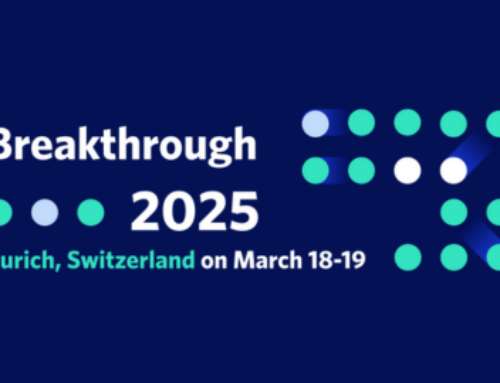In the rapidly evolving landscape of regulatory affairs, significant advancements and trends are shaping the future. At ArisGlobal, we’re committed to staying at the forefront of these changes and ensuring our clients are well-prepared. Here’s a deep dive into the latest developments and what to expect in the coming years.
The Move Towards Global Data Integration
One of the critical trends is the increasing emphasis on linking data across systems and organizations. Regulatory bodies, including the FDA and European initiatives like SPOR, are pushing for better crosslinking of IDs. This integration is crucial for ensuring that data can seamlessly work across different platforms and geographies. The goal is to have a unified approach where submissions and product data are globally interconnected, enhancing the efficiency and accuracy of regulatory processes.
The Role of AI in Regulatory Processes
Artificial Intelligence (AI) is poised to revolutionize regulatory affairs. AI can assist in various aspects, from data extraction and code linkage to geographic analysis of submissions. The Innovation Centre has demonstrated remarkable advancements in data extraction, creating cross-links throughout systems. This ability to tie data back to specific codes and understand regulatory requirements across different regions is critical for global operations.
AI’s potential extends to augmenting human expertise. For instance, in medical affairs and non-conformance management, AI can process vast amounts of information, helping experts understand practices and regulations. This support is vital as attention spans shorten and the volume of information increases. AI can ensure that employees follow specific instructions at the right time, significantly reducing the risk of non-compliance.
Enhancing Document Management and Compliance
The regulatory landscape demands precise documentation and compliance management. With the influx of data from manufacturing and labs, managing this information effectively is crucial to avoid compliance risks. AI can bridge the gap between documentation systems and the data generated, creating a seamless process rather than disparate flows of documents and data.
Tools like generative AI and natural language generation are being integrated into document creation processes. These tools can assist in drafting initial versions of complex documents, such as Clinical Study Reports (CSRs), which can then be refined by experts. This approach allows regulatory professionals to focus on higher-value tasks, improving overall efficiency.
The Emergence of AI as a Risk Partner
AI is evolving into a proactive partner in identifying compliance risks. By analyzing patterns and non-compliance indicators, AI can help organizations become more proactive in risk management. This capability is essential for staying ahead of potential issues and ensuring regulatory adherence.
Streamlining Regulatory Operations
Operational efficiency is a significant focus area. Automating supply release processes, enhancing regulatory intelligence, and improving data quality are all critical goals. By integrating AI into these processes, organizations can achieve substantial time and cost savings. The aim is to reduce the operational burden, allowing regulatory professionals to concentrate on strategic activities.
The Future: Digital Assistants and Informed Decision-Making
Looking ahead, the development of digital assistants or copilots powered by AI is anticipated. These assistants will provide unsolicited insights and support informed decision-making. By ingesting and analyzing large volumes of data, these tools can offer valuable recommendations, enhancing the quality of regulatory decisions.
Conclusion
The regulatory landscape is undergoing significant transformation, driven by advancements in data integration, AI, and process automation. At ArisGlobal, we are committed to leveraging these trends to provide cutting-edge solutions that enhance regulatory processes and ensure compliance. By embracing these changes, organizations can improve efficiency, reduce risks, and ultimately deliver better outcomes for patients and stakeholders.






